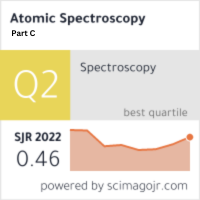Management of malformation disease of mango (mangifera indica l.) Trees
Keywords:
Mango, Mangifera indica L., Malformation disease, Fusarium mangiferae, Management, Cultural practices, Chemical control, biological control, Integrated disease management.Abstract
Malformation disease, caused by the fungus Fusarium mangiferae, poses a significant threat to mango (Mangifera indica L.) trees worldwide, leading to substantial yield losses and economic impact. Effective management strategies are crucial to mitigate the spread and impact of this disease. This review provides a comprehensive overview of the management practices for malformation disease of mango trees, encompassing cultural, chemical, biological, and integrated approaches. Cultural practices such as sanitation, pruning, and orchard management play a fundamental role in disease prevention and control. Chemical control measures involve the use of fungicides, although their efficacy can be limited due to the development of resistance and environmental concerns. Biological control methods utilizing antagonistic microorganisms offer promising alternatives, with biopesticides and biofungicides demonstrating efficacy in suppressing disease progression. Integrated disease management strategies, combining multiple control measures, are increasingly advocated for sustainable disease control while minimizing chemical inputs and environmental impact. Furthermore, ongoing research efforts aimed at understanding the pathogen's biology and host-pathogen interactions are essential for the development of innovative management approaches. Overall, a multifaceted and integrated approach combining cultural, chemical, and biological control methods tailored to specific agroecological conditions is crucial for effective management of malformation disease in mango trees.



